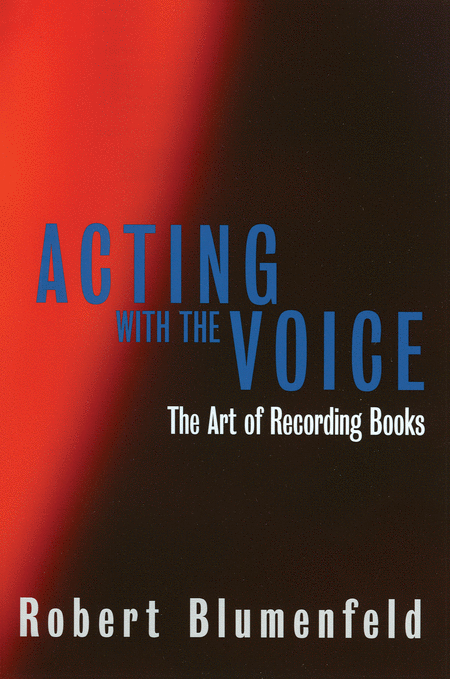| Foreword: The Art and the Business of Recording Books |
| How to Use This Book: a Note About the Phonetic Symbols and the Illustrative Texts |
| Introduction: Getting Started in the Book Recording Business |
| What You Need to Get Started |
| The Resume / The Demo Tape or CD |
| Getting an Agent |
| The Casting Process |
| Auditions: What a Director Expects |
| The Recording Session: What a Director Expects |
| Publishers of Recorded Books in the USA, UK and Canada |
| Chapter 1: The Voice |
| The Nature and Care of the Voice |
| Some Advice about Vocal Technique |
| Finding Your Voice |
| Placing and Supporting the Voice |
| Breathing and Breath Control |
| Developing Variety and Flexibility |
| Paralinguistics: How to Do Different Voices |
| How to Change Your Voice |
| Vocal Exercises |
| Chapter 2: Diction and Pronunciation |
| Guide to Correct Pronunciations |
| Positions of Vocal Apparatus |
| Stress Patterns: Rhythm |
| Pitch (Intonation, Music) |
| Some Sounds to Avoid |
| Some Difficulties with English |
| Some Words with Two Pronunciations |
| Practice Exercises for Good Diction |
| Chapter 3: Microphone and General Recording Techniques |
| Brief History of Recording |
| Microphone and Recording Technique |
| Environment of the Soundproof Sound Studio |
| What to Expect: How the Recording Session Works / Preparing for the Recording Session |
| Chapter 4: Acting Methods and Techniques |
| Chapter 5: Reading Techniques |
| Preparing the Text for rRecording |
| Phrasing and Thythm |
| Personalize the Text |
| Chapter 6: Recording Prose Fiction |
| General Advice: Telling the Story |
| Understanding Style and Period |
| Setting the Scene: Openings |
| Reading Different Kinds of Scenes: Action, Love, etc |
| The Character's Voice |
| Attitudes are Adjectives |
| Actions are Verbs |
| Using Accents |
| Chapter 7: Recording Plays |
| Chapter 8: Recording Poetry |
| Chapter 9: Recording Nonfiction: Making the Text Come Alive |
| How to Read Biography, Autobiography and Memoirs, and History |
| Essays and Philosophy |
| Humorous Nonfiction |
| Other Genres |


